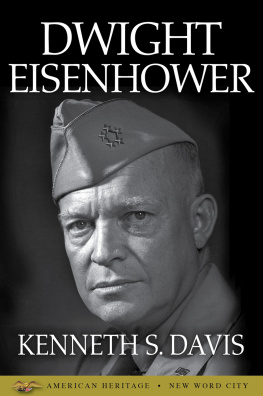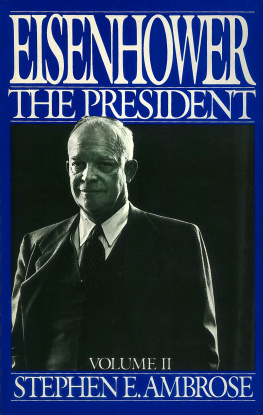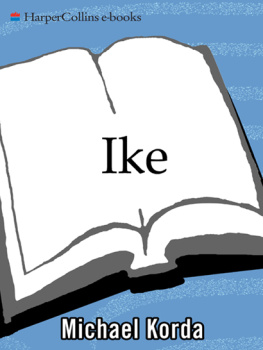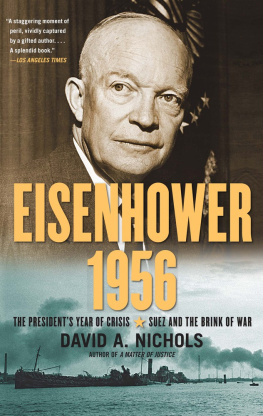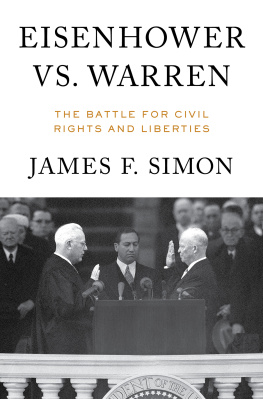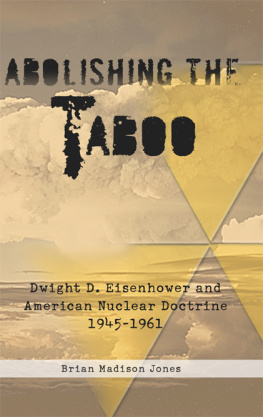Thank you for downloading this Simon & Schuster ebook.
Get a FREE ebook when you join our mailing list. Plus, get updates on new releases, deals, recommended reads, and more from Simon & Schuster. Click below to sign up and see terms and conditions.
CLICK HERE TO SIGN UP
Already a subscriber? Provide your email again so we can register this ebook and send you more of what you like to read. You will continue to receive exclusive offers in your inbox.
We hope you enjoyed reading this Simon & Schuster ebook.
Get a FREE ebook when you join our mailing list. Plus, get updates on new releases, deals, recommended reads, and more from Simon & Schuster. Click below to sign up and see terms and conditions.
CLICK HERE TO SIGN UP
Already a subscriber? Provide your email again so we can register this ebook and send you more of what you like to read. You will continue to receive exclusive offers in your inbox.
ALSO BY WILLIAM I. HITCHCOCK
The Bitter Road to Freedom: A New History of the Liberation of Europe
The Struggle for Europe: The Turbulent History of a Divided Continent, 1945Present
France Restored: Cold War Diplomacy and the Quest for Leadership in Europe
The Human Rights Revolution: An International History (coedited with Petra Goedde and Akira Iriye)
From War to Peace: Altered Strategic Landscapes in the 20th Century (coedited with Paul Kennedy)

Simon & Schuster
1230 Avenue of the Americas
New York, NY 10020
www.SimonandSchuster.com
Copyright 2018 by William Hitchcock
All rights reserved, including the right to reproduce this book or portions thereof in any form whatsoever. For information address Simon & Schuster Subsidiary Rights Department, 1230 Avenue of the Americas, New York, NY 10020.
First Simon & Schuster hardcover edition March 2018
SIMON & SCHUSTER and colophon are registered trademarks of Simon & Schuster, Inc.
For information about special discounts for bulk purchases, please contact Simon & Schuster Special Sales at 1-866-506-1949 or .
The Simon & Schuster Speakers Bureau can bring authors to your live event. For more information or to book an event contact the Simon & Schuster Speakers Bureau at 1-866-248-3049 or visit our website at www.simonspeakers.com.
Interior design by Paul Dippolito
Jacket design by Thomas Colligan
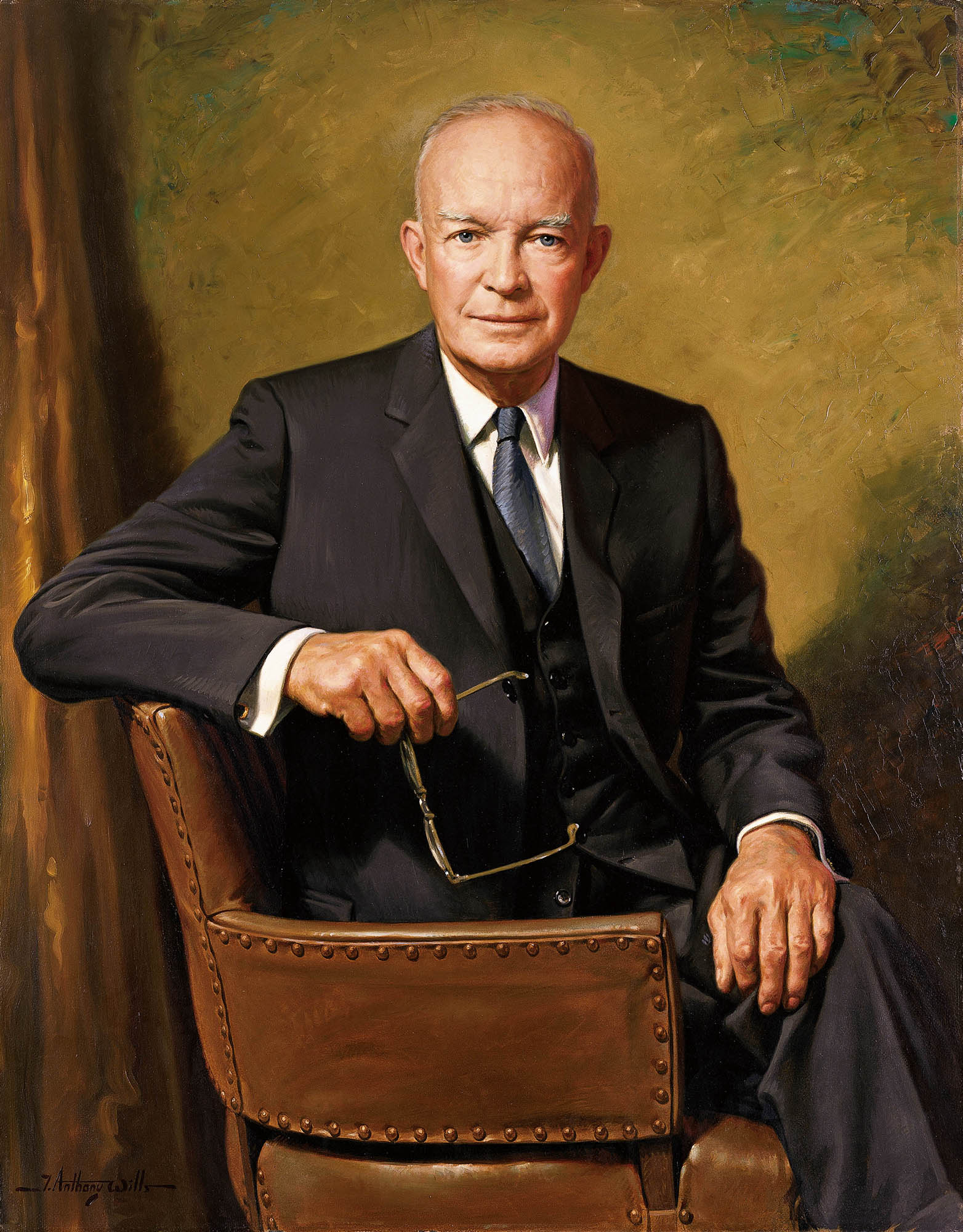
Cover portrait (detail) of Dwight Eisenhower courtesy of White House Collection/White House Historical Association
Library of Congress Cataloging-in-Publication Data
Names: Hitchcock, William I., author.
Title: The age of Eisenhower : America and the world in the 1950s / William I. Hitchcock.
Description: First Simon & Schuster hardcover edition. | New York : Simon & Schuster, 2018. | Series: Simon & Schuster nonfiction original hardcover | Includes bibliographical references and index.
Identifiers: LCCN 2017026867 | ISBN 9781439175668 | ISBN 1439175667
Subjects: LCSH: Eisenhower, Dwight D. (Dwight David), 18901969 Influence. | United StatesPolitics and government19531961. | United StatesForeign relations19531961.
Classification: LCC E835 .H56 2018 | DDC 973.921092dc23 LC record available at https://lccn.loc.gov/2017026867
ISBN 978-1-4391-7566-8
ISBN 978-1-4516-9843-5 (ebook)
For my father, David I. Hitchcock, Jr., who was there
PROLOGUE
When I think about Dwight Eisenhower, wrote Capt. Edward Beach Jr., Eisenhowers naval aide, I like to recall an incident that took place aboard the presidential yacht Williamsburg shortly after he was inaugurated for his first term in 1953.
The Williamsburg , a steel-hulled vessel of 1,800 tons, had served as President Harry S. Trumans pleasure craft; he used it for cruises with friends and political cronies. In May 1953 President Eisenhower ordered it decommissioned. He thought the ship frivolous and wasteful and felt it should be used for recreation by GIs who had been injured in the Korean War. One evening the president met the ship at the dock in the Washington Navy Yard as it returned from a cruise on the Potomac.
As Eisenhower boarded the Williamsburg , he stepped in among the soldiers, brushing aside his Secret Service guards with words to the effect, Just let me be for a while. I know these men. Captain Beach remembered the scene:
The soldiers crowded in around him. They were young men whose bodies had been ravaged by war in some way; some lacked an arm or a leg, some hobbled on crutches, others had heartbreaking facial disfigurements.... They gathered as close to the President as they could get, and I heard him talking to them.
This was an Eisenhower that the public never saw. He talked to the soldiers of love of country, and of sacrifice. He said their country would never let them down, but no matter how much it did for them it was nothing compared to what they had done for it. And then he said that even with all they had already given, they must yet be prepared to give more, for they were symbols of devotion and sacrifice and they could never escape that role and its responsibilities.
Beach never forgot the electricity of Eisenhowers presence and the impact it had on these wounded warriors. His voice had a deep friendly
Historians who study Eisenhower know how those men felt in his presence. Ike draws you in. He radiated authenticity, idealism, sincerity, and charisma, and these personal qualities were the keys to his political success. Between 1945 and 1961 no person dominated American public life more than Eisenhower. He was the most well-liked and admired man in America in these years. And he was also the most consequential. This book argues that the era from the end of the Second World War up to the presidency of John F. Kennedy deserves to be known as the Age of Eisenhower.
Such a claim would once have prompted chuckles and even sneers from historians, journalists, and politicians. From the start of his active pursuit of the presidency in 1951, right through eight years in office, and for a decade after he retired to his farm in Gettysburg, Pennsylvania, critics styled Eisenhower as a lightweight, an amateur, an orthodox pro-business do-nothing president, a lazy leader who, despite all his grinning, was often callous and distant, more interested in golf than governing. The Washington press corps depicted him as unimaginative, slow-witted, out of touch, and frankly uninterested in the daily affairs of the country. Even as the nation enjoyed a period of unprecedented prosperity at home and a stable if fragile peace abroad, and even as the American people grew ever more fond of Ike, his political rivals were scathing about his shortcomings as a leader. It is the central paradox of the Eisenhower presidency: that a man so successful at the ballot box and so overwhelmingly popular among the voters could have been given such poor marks by the political class.
His critics never grasped the profound appeal of the man and never appreciated the depth of his political talent. His two-time opponent for the presidency, Governor Adlai Stevenson of Illinois, mocked Eisenhower as dim and tongue-tied and declared him little more than a tool of wealthy right-wingers. President Truman, campaigning on Stevensons behalf in 1952, went further: he told whistle-stop audiences across the country that Eisenhower had only a military mind and that voters should send Ike back to the Army where he belongs. The radical muckraker I. F. Stone, writing what many liberals felt, predicted that Ike, a rather simple man who enjoys his bridge and his golf and doesnt like to be too much bothered, would be a president in absentia.



